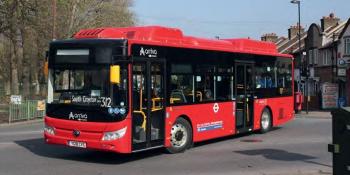The shape and standard fittings of double-deckers supplied to England’s second city over a period of more than 20 years, as well as their distinctive colours, instantly identified what they were and where they were, but their common appearance cloaked a great deal of variety of chassis makes and models
Birmingham City Transport (BCT) was Britain’s largest municipal bus operator with a fleet of 1,324 vehicles — mainly double-deckers — when its operations were absorbed into the newly created West Midlands Passenger Transport Executive on October 1, 1969.
It had operated motorbuses continuously since 1913, ran trams from 1904 until 1953 and trolleybuses from 1922 until 1951. Its livery of dark blue and cream evolved as bus designs changed and was modified in World War Two to add a camouflaged roof on double-deckers to make them less of a target in enemy air raids. Khaki roofs became a standard feature on double-deckers in peacetime right up to October 1969 when the new PTE adopted a lighter blue version of BCT livery and made the roofs cream again.
It was not just the livery that identified most of Birmingham’s buses. BCT also specified many of the features with which they were built, notably a straig…


